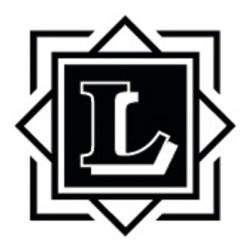Wills & Trusts Law Reports | Spring 2021 #182A was survived by C, his sister; H, with whom he had had a relationship; E and F, who were the daughters of A and H; B, with whom A had also had a relationship; and G, the son of A and B. C was one of the executors of A’s will. Each of A and C owned 50% of the shares in X Ltd (the company) and on A’s death C remained a director and was in control of the company. During A’s lifetime, a property (Property 1) was acquired in his name and remained so at his death.
There were three claims following A’s death: (1) H claimed to be the beneficial owner of Property 1 (the property claim); ...
Mark Pawlowski examines a recent case on the inter-relationship between proprietary estoppel and statute On appeal, Snowden J, agreeing with the trial judge, concluded that s2(1) was aimed at problems in the formation of contracts for sale of land, whereas an estoppel remedied unconscionability in the assertion of strict legal rights The recent High Court …
Continue reading "Informal agreements and estoppel: Formality no bar to estoppel"
This post is only available to members.
Mark Pawlowski asks whether there is scope for giving effect to informal land agreements by applying the doctrine of proprietary estoppel ‘The question remains as to whether an estoppel on its own (independently of any finding of a constructive trust) can operate so as to enforce an agreement for sale notwithstanding non-compliance with s2(1), Law …
Continue reading "Proprietary Estoppel: A separate cause of action?"
This post is only available to members.


